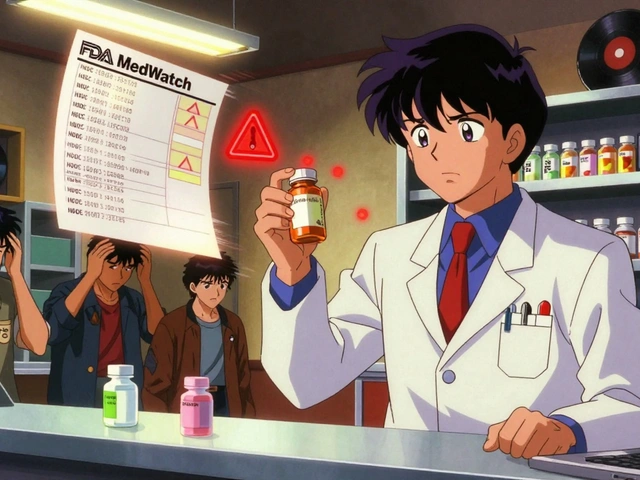Glucose management: real steps you can use today
High or low blood sugar doesn’t always make noise, but small changes add up fast. If you want clearer numbers, not guesswork, this page packs practical tips on monitoring, eating, moving, and medications so you can keep glucose under control without guesswork.
Simple checks and targets
Know your targets: many adults aim for a fasting glucose around 80–130 mg/dL (4.4–7.2 mmol/L) and under 180 mg/dL (10 mmol/L) two hours after a meal — and an A1c under 7% is a common goal. Use a meter or continuous glucose monitor and test at consistent times: fasting, 1–2 hours after bigger meals, and when you feel off. Log results for two weeks and look for patterns — same meal, same rise? That tells you what to change.
Don’t obsess over every spike. Focus on trends. If your readings repeatedly miss targets or you get symptoms like shakiness, fast heart rate, extreme thirst, or confusion, contact your clinician. Those signs mean a plan change may be needed.
Practical daily habits that actually work
Food matters more than you think. Swap sugary drinks for water or sparkling water. Use the plate method: half veggies, a quarter lean protein, a quarter starchy carbs. Choose whole grains, beans, and fiber-rich fruits — they slow glucose spikes. Pair carbs with protein or healthy fat (eggs with toast, apple with peanut butter) to blunt post-meal rises.
Move after meals. A 10–20 minute walk after eating helps clear glucose from the blood. Aim for 150 minutes of moderate activity each week, plus strength training twice a week to boost insulin sensitivity.
Sleep and stress change glucose readings. Try to get regular sleep and quick stress tools (deep breaths, a short walk). If you notice higher readings on busy or sleepless days, treat them as clues, not failures.
Medication basics: metformin is a common starting drug, but every body is different. Some people use GLP-1s, SGLT2s, or insulin. Pioglitazone (Actos) can help with glucose control but may cause weight gain or fluid retention — read our detailed Actos article for pros and cons. If you’re considering online options for meds, pick trustworthy pharmacies and keep prescriptions current.
Safety tips: always carry a fast sugar source (glucose tablets or juice) if you use insulin or drugs that can cause lows. Wear medical ID if you’re at risk for severe hypoglycemia. Review your meter strips, test supplies, and prescriptions before travel.
Want deeper help? Track two weeks of numbers, bring them to your provider, and ask for clear targets and a simple plan. Small consistent changes give the biggest wins in glucose management.





